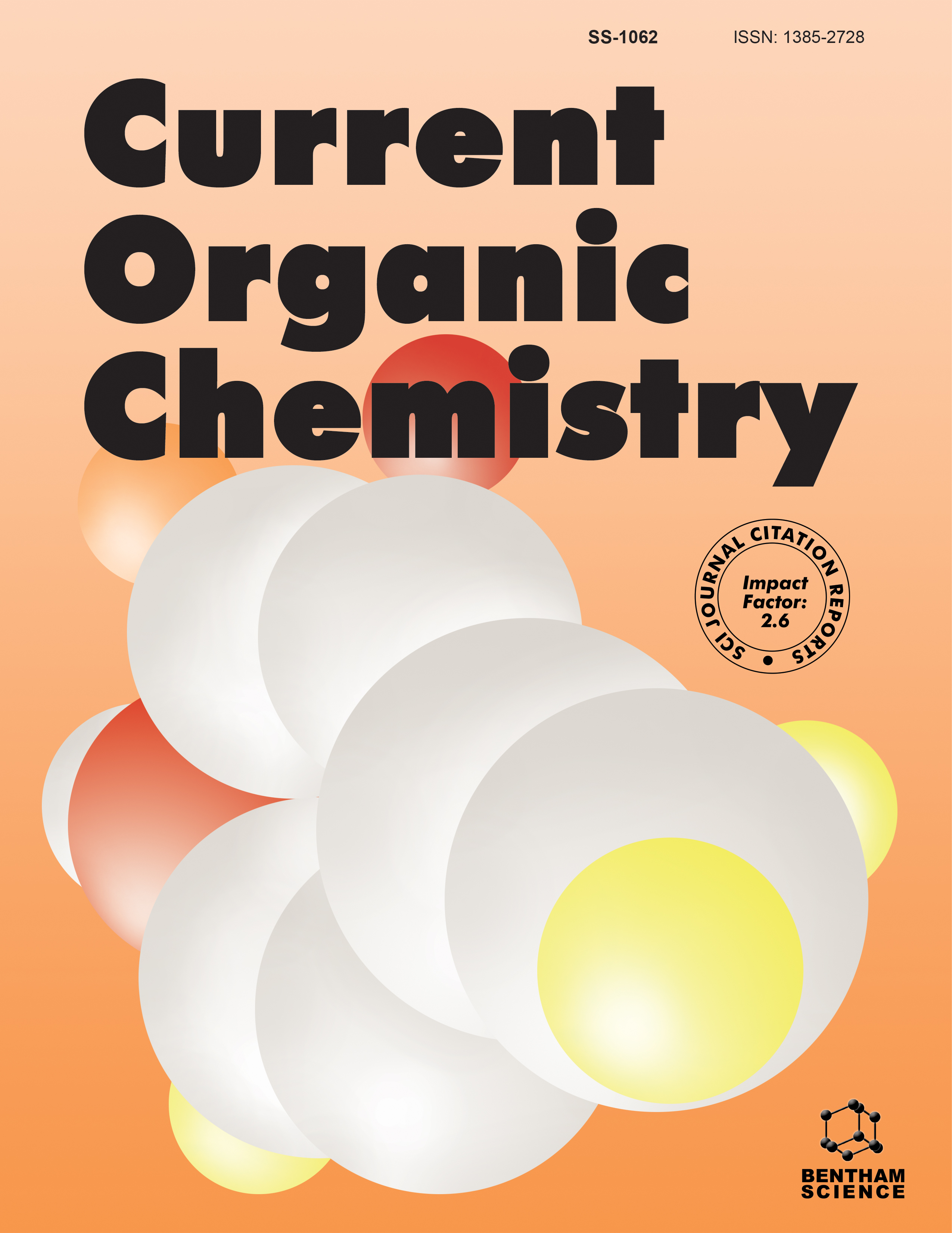
Full text loading...
We use cookies to track usage and preferences.I Understand
The Corona virus disease-19 (COVID-19) pandemic challenged the scientific community in the search for developing effective treatments, such as medicine and/or a vaccine candidate. The SARS-CoV-2 virus and its variants, Omega, Omicron, and Delta, remain as a major threat to human health, causing significant morbidity and mortality worldwide. Given that computational methods are thought to be quick, easy, and inexpensive, they have been widely used in this scenario to design new anti-COVID-19 drug candidates. In addition, heterocyclic scaffolds have been explored exhaustively for their biological properties and as fruitful sources of new molecular entities to fulfill the chemical space available.In light of this, we intend to highlight the synthetic techniques used to produce novel heterocyclic derivatives that may serve as effective anti-COVID-19 lead candidates by focusing on important viral proteins and using computational tools. Then, the objective of this article, with a theoretical nature, is to contribute to the delimitation of organic chemistry methods to achieve new anti-COVID-19 agents.

Article metrics loading...

Full text loading...
References


Data & Media loading...

